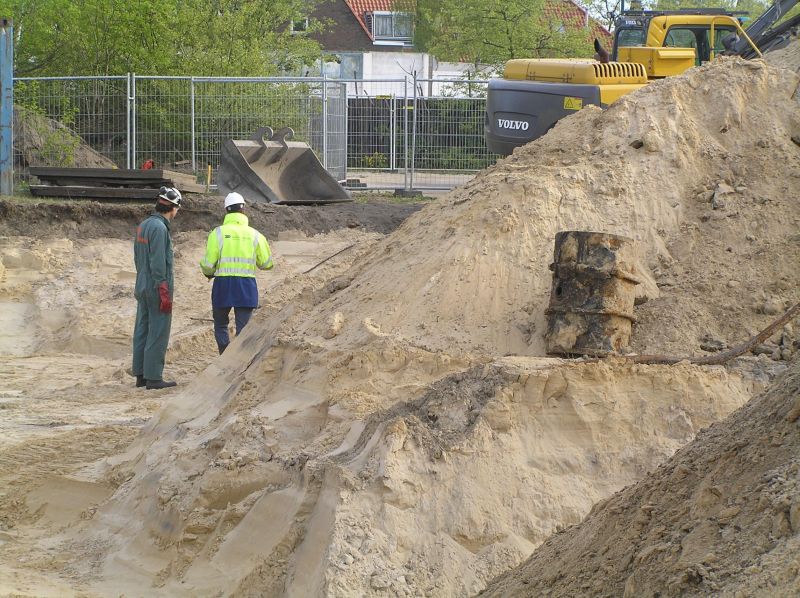Other Webinars
Webinar Mirco Barbero
Links between the European Green Deal objectives and the soil policy by Mirco Barbero from DG Environment.
Cleaning up contaminated land...
Webinar Annemieke Nijhof
The importance of connections for the soil-sediment-water system by Annemieke Nijhof from Deltares
Video webinar
Webinar David Hone
The Energy Transformation Scenarios by David Hone from Shell

